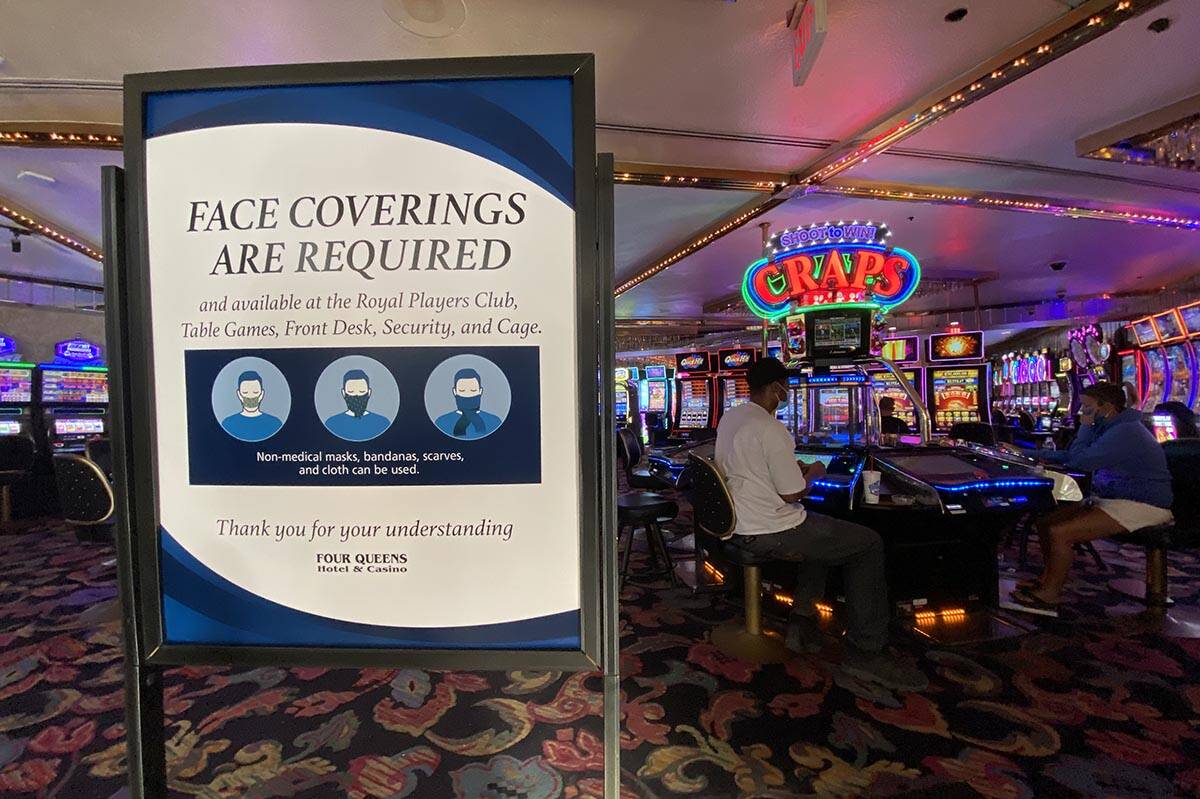EDITORIAL: Effectiveness of mask edicts? ‘Vanishingly small’
It may seem like long ago, but it was only last February that Nevada became one of the final states to lift its mask mandate as COVID cases waned. Defenders of the edict insisted it was vital to promote public health and to contain the pandemic. And they haven’t given up.
Many Las Vegas medical offices still require face coverings. Ann Arbor, Michigan, in January brought back forced masking for public school children in an effort to combat the flu. George Washington University still orders students to cover up in classrooms. The headline on a November Time magazine story was “Why Masks Still Matter.” CNBC talked to an infectious disease expert in December who insisted, “You should really mask up again.”
Proponents of masking up have been quick to wrap themselves in the “science.” Thus they may have a difficult time explaining how a new comprehensive review of studies examining the efficacy of face coverings has determined that these government-ordered policies did next to nothing to mitigate the spread of disease.
“The pooled results of (randomized control trials) did not show a clear reduction in respiratory viral infection with the use of medical/surgical masks,” write the authors of the Cochrane Library analysis. “There were no clear differences between the use of medical/surgical masks compared with N95/P2 respirators in health care workers when used in routine care to reduce respiratory viral infection.”
In his newsletter, writer David Zweig explained last month that many studies supporting the use of masks relied on the theoretical while ignoring the real-world applications of mandates. “And wearing a piece of material over your face,” he writes, “is not something most people do with any fidelity for an extended duration of time.” Progressives castigated David Leonhardt of The New York Times for reaching a similar conclusion in 2021.
Mr. Zweig quotes UC-Berkeley statistician Benjamin Recht, who observed, “At this point, I doubt any study will change anyone’s mind about masking. But the one consistent finding of all of the randomized studies is that the effect of this intervention at the population level is vanishingly small.”
Policymakers were operating in the dark when the pandemic hit the country almost three years ago. Erring on the side of caution during the initial months made sense. But the record doesn’t reflect admirably on long-term government decrees intended to control behavior during COVID, from mask requirements to lockdowns, from business shutdowns to school closures.
When the next pandemic hits — and it will — will public health officials and politicians have learned from these mistakes?

















